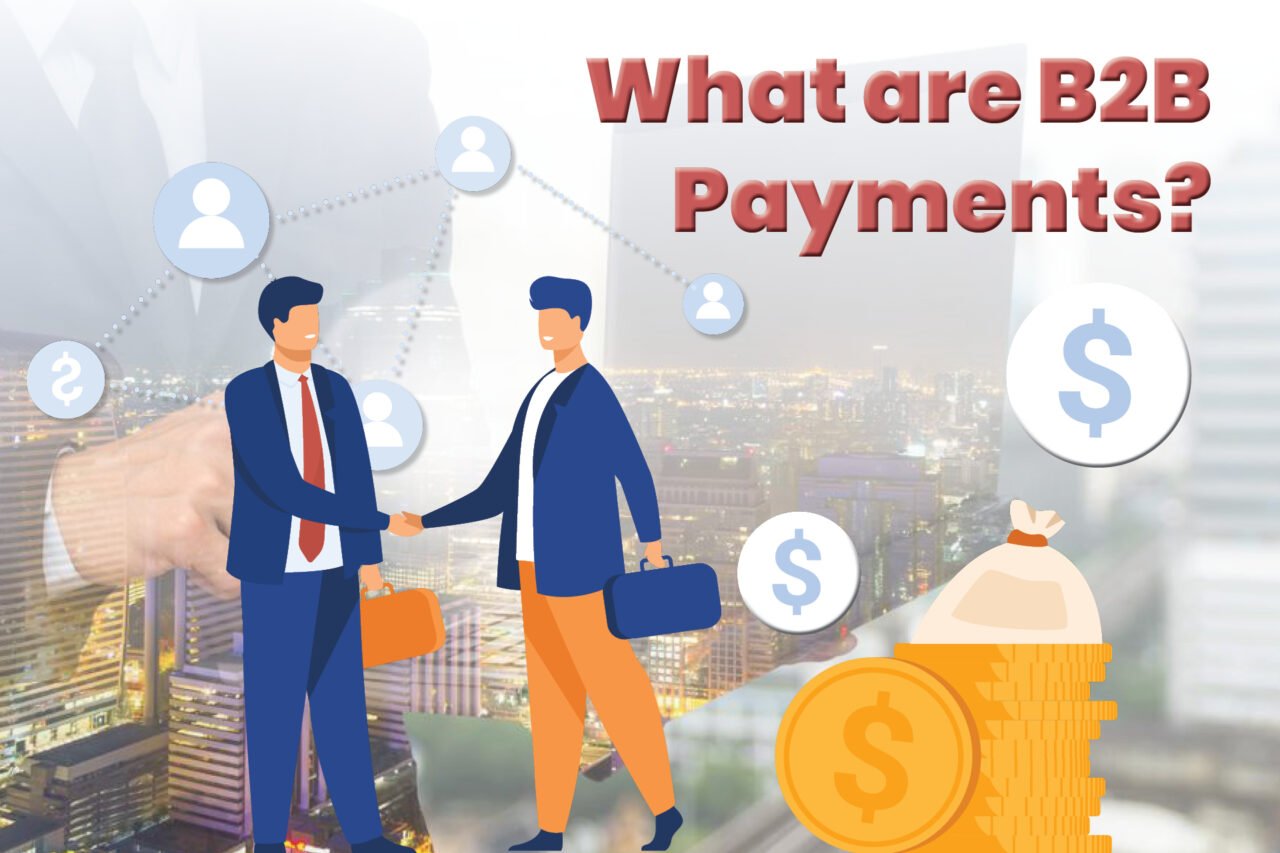What are B2B Payments?
The determined value denominated in currency happens in the exchange of goods and services between buyers and suppliers are business-to-business payments. Depending on the contractual pact between the buyer and the supplier, the process of a B2B transaction could be one-time or recurring. The complexity of B2B payments is more than the B2C payments because of the more b2b processing time in ratifying and settling transactions that may take days or weeks.
B2B Payments Processing Types
Some common B2B payments processing types are-
- Checks
As per the PYMNTS.com report, B2B payments are the most common method that is used for about 80% of all transactions.
- ACH Payments
Automated clearing house payments aka ACH refer to the payments that are done via electronic mode processing around 24.7 billion in 2019. 93% of the direct deposits are done in B2B transactions.
- Wire Transfers
1% of the total B2B payments are done by this method but it makes up to 93% of the total amount as the transaction value is often higher than the rest.
- Credit Cards
This method is not as popularized as the other payments because of the 3%-4% charges charged by the credit card companies that some vendors like to duck.
- Cash
This is around done by more than 70% of the small business and is preferred.
COVID-19 Impact on B2B Payments
- A Rise of Electronic Payments
The vision of business functionality has been changed since the outbreak of COVID-19, from wearing a facemask, using sanitizer over small-small duration in businesses that are working with the consumers physically such as retailers, restaurants, hospitals, etc.
Coronavirus has also affected the paying methods of B2b payments. On the basis of Master Card survey of small businesses revealed that 76% of the respondent had been forced to do digital transactions with 82% of businesses changing their ways of payments exchange. Besides the long duration spent in receiving cash payments has made them adapt digital transactional methods for instant and reliable payments.
- Faster Experience
The Pandemic outbreak has also increased the pressure to pay bills on the business owners as soon as the invoice is sent because of the cash flow handicapped in many sectors. On this, electronic payments have been considered the favorable payment tools for quick payment cycles.
- Work From Home
The covid 19 has made businesses operate digitally giving remote work to their employees. This has introduced many new strategies giving inclination towards digital marketing. Other than this, more payments are being approved nowadays. The B2B automation solutions help in processing B2B payments from anywhere.
- IoT Courtesy
IoT has become the world’s new revolution for a very long time emphasizing the decentralization of devices network in accessing the web, whether its operating Electronic devices such as Refridgerator, Air Conditioner, gaming platforms, home security, etc. With the rise of IoT connection in devices year by year, the payment in B2B businesses is going to be done through it more and more.
Trends in the B2B Payments Space
While the request continues to grow at extreme rates, specific trends are appearing that any business, big or small, should pay close attention to. This will help to gain a competitive edge in unborn deals. Some of the more common movements in the B2B payments assiduity include
1. Mobility
Using mobile bias has long been a trend in the B2C world and convenience is starting to catch on for B2B deals.
Some exemplifications of a business that can profit from mobile payments include transportation and the food force. This is where a motorist might be in a position to accept an order and payment outside of a consumer’s usual standing order. In this case, they would profit from the autonomy that a mobile platform can give and accept the order and payment incontinently.
Companies will start rolling out further mobile capabilities and payment doors as the demand continues to rise. This, in turn, gives a business more inflexibility and robotization in the process.
2. Real-time Processing
Another trend gathering instigation is real-time payments. Unlike same-day ACH, immediate (or real-time) payment systems and architectures are being developed and planned in further countries.
Companies Decreasingly bear speed, ease, convenience, security, and always-on processing for their payments. This is driving further invention and dislocation in the payments assiduity.
3. Peer-to-peer Payments
All of this starts with speed and trustability. After all, companies need to be paid on time to keep running and whatever result you use has to deliver as snappily as possible.

